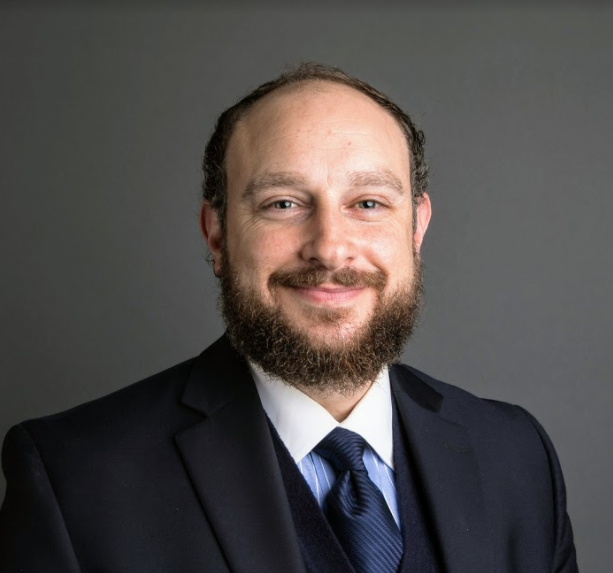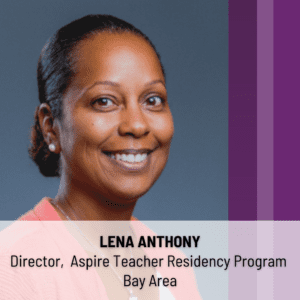Sara Lopez: A Testament To The Power Of Education And Community In Stockton
Original article found here.
Daniel Garza | Fat City Feed
November 27, 2023
STOCKTON, CA — Sara Lopez’s life is a vivid illustration of the impact that dedicated educators and supportive communities can have. Born and raised in Stockton, she has come full circle, from a student to a third-grade teacher at Aspire schools, the very institution that shaped her formative years. Her story is not just about personal success but a broader narrative of community upliftment and the vital role of education.
Early Influences and Aspire Schools
Sara’s path in education took root with a pivotal decision by her parents to enroll her at Aspire schools, a choice influenced by more than mere logistics, as they resided across town. This decision was a reflection of the family’s deeply held values, an intricate blend of Biblical teachings and a strong emphasis on education. Central to these values, and imparted to Sara and her siblings since childhood, was the Biblical principle “There is more happiness in giving than there is in receiving.” This ethos, a legacy from her Salvadoran father, was deeply ingrained in the family’s philosophy and approach to life.
Education has always been a priority in our family. It’s more than learning; it’s about building a foundation for future success,” Sara reflects.
From kindergarten to high school, Aspire schools provided Sara with an environment that fostered her growth. The small, community-focused setting of Aspire was instrumental in nurturing her talents and interests. The school’s unique approach to education, prioritizing individual student needs and community engagement, resonated deeply with Sara and her family.
Challenges and Triumphs
Sara’s proactive approach to her education began early, as she participated in dual enrollment from the 9th grade, taking college classes while in high school. This experience was crucial in preparing her for the challenges ahead.
One such challenge came in the form of a disheartening encounter with a college professor who accused her of plagiarism. This incident was a pivotal moment for Sara. It highlighted the prejudices and low expectations that students, particularly those from minority backgrounds, often face. However, instead of being deterred, Sara used this experience to fuel her passion for education and her commitment to being a supportive presence for her future students.
That moment of doubt from my professor only strengthened my resolve to be the kind of teacher who always believes in her students,” Sara recalls.
Transition to Teaching
After graduating from Aspire in 2018, Sara pursued her calling in education. Her decision to return to Aspire as a teacher was driven by a desire to be part of the “domino effect” of positive change that great schools and educators can instigate. As a Latina educator, she also understands the importance of representation in the classroom. Sara wants her students, especially those who share her background, to see themselves in her and believe in their own potential.
I want to be a role model for my students, showing them that they too can achieve their dreams, regardless of where they come from,” says Sara.
Sara’s commitment to education is a family affair. Her sister, Rosabella, is also carving a path in the field, mirroring Sara’s dedication to serving their community. Together, they represent a new generation of educators determined to uplift and inspire.
Vision for Stockton
Sara’s aspirations go beyond the classroom. She envisions a Stockton where every child, irrespective of their background, believes in their ability to make a positive difference. Her teaching philosophy is rooted in building a sense of community within the classroom, fostering an environment where students support and inspire one another.
Her approach to teaching emphasizes the importance of recognizing each student’s unique contributions and talents. She believes in nurturing a collaborative spirit, where students learn the value of teamwork and mutual support. Sara also makes it a point to be involved in her students’ lives outside the classroom, attending their extracurricular activities and showing them that her commitment to their well-being extends beyond school hours.
Legacy and Future Goals
Sara Lopez stands as a beacon of hope and inspiration, not only for her students but for anyone who values the power of education. Her journey from a student to an educator at Aspire schools is a testament to her resilience, dedication, and the unwavering support of her community. As she continues her career in education, Sara’s story serves as a powerful reminder of the impact a passionate and committed teacher can have on the lives of students and the broader community.
I’m just one piece in the larger puzzle of education, but I hope to leave a legacy of empowerment and positivity,” concludes Sara.

 In March 2020, as schools closed their doors, we were forced to adapt to the sudden shift to our daily routines and learn other strategies to make distance learning work. Now, three months back into in-person learning, we see daily examples of a new learning curve: not being able to wait to use the restroom, forgetting to raise your hand before speaking and struggling to take turns on the playground.
In March 2020, as schools closed their doors, we were forced to adapt to the sudden shift to our daily routines and learn other strategies to make distance learning work. Now, three months back into in-person learning, we see daily examples of a new learning curve: not being able to wait to use the restroom, forgetting to raise your hand before speaking and struggling to take turns on the playground.
